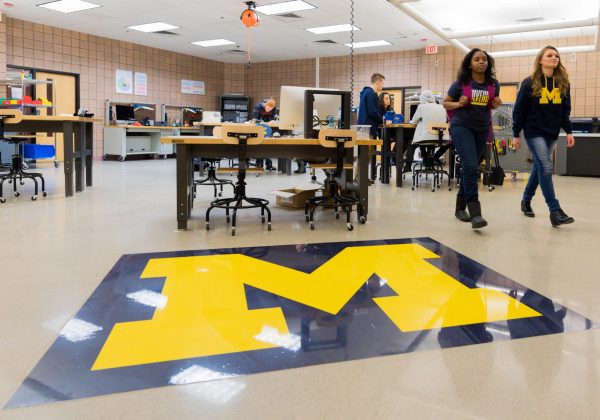
IT security is a well worn phrase, but that doesn’t make it any less important. Ransomware, phishing, and cyberattacks are on the rise and, increasingly, they target higher education. The most effective way to defend against them is to work together.
According to an April 14 Chronicle of HIgher Education article (Cyberattacks Are Spiking. Colleges Are Fighting Back.), the FBI has been tracking an escalating number of extortion and ransomware attacks at campuses across the U.S. since the early days of the Covid-19 pandemic in March 2020.
In March 2021, the FBI warned of an uptick in extortion attacks targeting higher education, and the IRS warned of tax-refund phishing targeting universities. ITS Information Assurance (IA) has shared these and other alerts with the university community.
U-M defenses
ITS and other U-M IT providers have many defenses in place to protect U-M data and systems and have added more in recent months. Here are just a few of them:
- ITS and U-M units just finished initial deployment of CrowdStrike Endpoint Protection for U-M computers.
- Information Security (SPG 601.27) and its 13 supporting standards provide a consistent and rigorous framework for cybersecurity across U-M. Guidance for meeting the requirements in the policy and standards is at Protect Your Unit’s IT.
- U-M reduces malicious email for you using a variety of tools.
- Duo two-factor authentication is required of faculty, staff, students, and sponsored affiliates. You are encouraged to use it for any unit systems you maintain.
- U-M provides secure networks, including Virtual Private Networks (VPN), to help you secure your internet connection.
- U-M provides secure storage services and guidance to help you use them in ways that protect sensitive university data and comply with data protection laws and regulations.
Your responsibility
As U-M employees and community members, we all share in the responsibility to help protect U-M IT systems and data.
That means protecting your U-M account, watching out for phishing, using the appropriate U-M services for the types of data you work with, and securing any personal devices that you use for U-M work.
- Watch Video: IT Security—Our Shared Responsibility (2:07) for the basics.
- Get more detail at Your Safe Computing Curriculum.
In this together
It’s easy to feel helpless when faced with a constant stream of news headlines about data breaches and vulnerabilities, but we’ve got each others’ backs. Together, we can do a lot to thwart threats, ward off attacks, and nip potential incidents in the bud. Every single one of us truly makes a difference when it comes to protecting the U.
